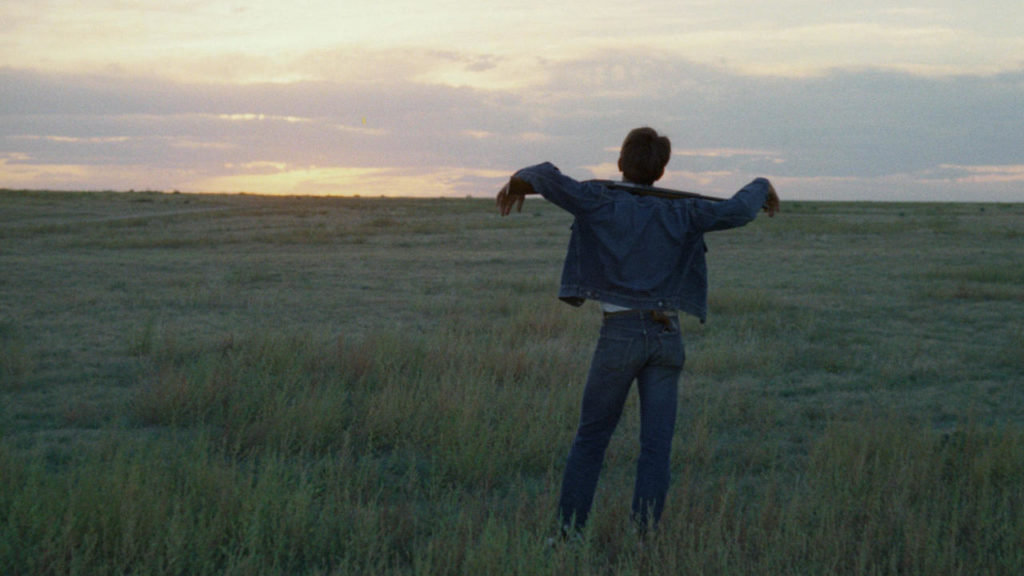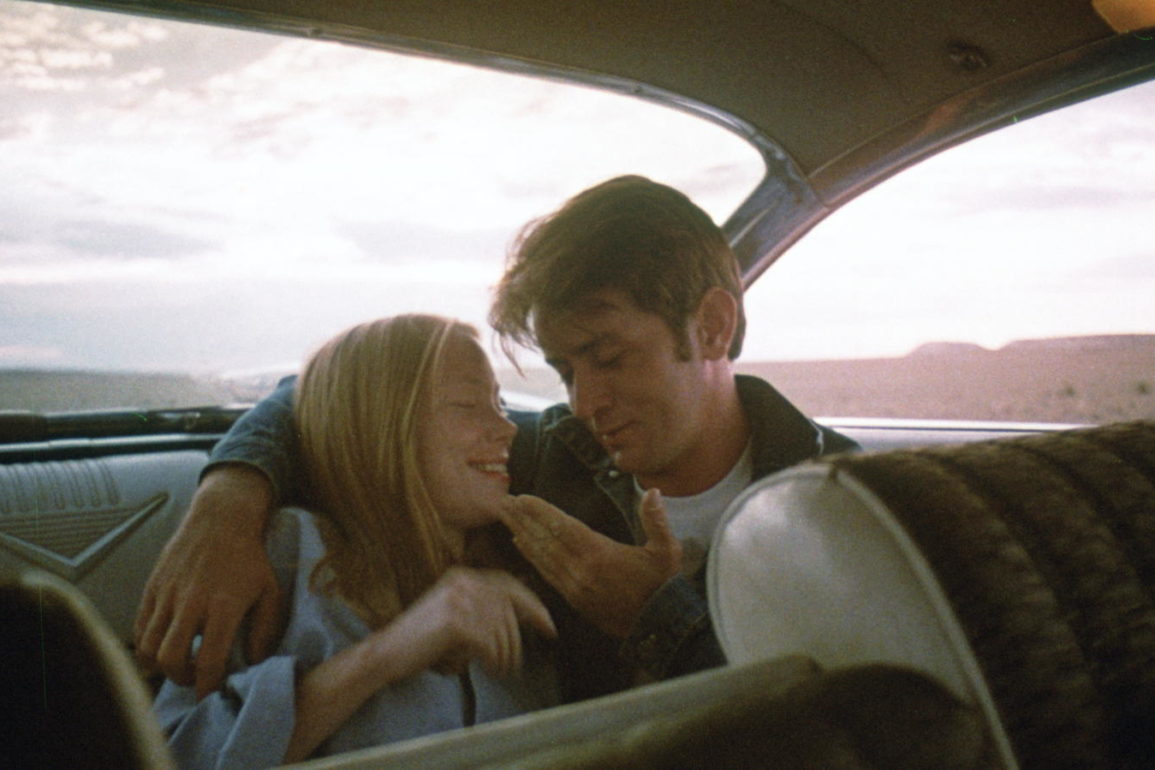The 70s marked a significant turning point in cinema, specifically in terms of the ways in which directors chose to tell their stories. Films like The Godfather, Taxi Driver and The Deer Hunter showed that the themes, narrative and characters of a film didn’t have to be as black and white as most audiences were used to at the time. Risks could be taken, content could be more intense and character motivations could be more blurred and less transparent.
This drastic change in filmmaking came about from the movement that is commonly referred to as ‘New Hollywood’, an era of cinema that saw directors taking authorial control of the films they had made rather than the studio behind it leading to the prominence of the aptly titled, auteur theory. Many directors, such as Francis Ford Coppola and Stanley Kubrick, had already made a name for themselves as bold cinematic voices, but among the many filmmakers within this movement no one singularly encapsulated everything that made up New Hollywood quite like Terrence Malick with his 1973 directorial debut, Badlands.
Loosely based on a series of real-life murders that took place in 1958, the film follows Martin Sheen’s Kit, a 25-year-old greaser who works as a garbage collector, and Sissy Spacek’s Holly, a 15-year-old teenager who lives unhappily with her father. A connection sparks between the two of them which rapidly deteriorates into a full blown killing spree across the Badlands of South Dakota.
In terms of story, this is all you really need to know and is everything the film shows you in a nutshell but, as is common with Malick’s work, the story isn’t necessarily the main focus. A lot of his later films such as The Thin Red Line and The Tree of Life care less about narrative as they centre more on being a form of visual poetry. Letting the cinematography, score and performances carry the emotional and thematic weight of the film. Badlands, though more conventional than his later work, does display the beginnings of the style Malick would become famous for. The camera, for the most part, stays with Holly and Kit for the whole film and finds the beauty within their forbidden relationship, as opposed to Malick’s other work where the camera tends to meander in an attempt to find beauty in the world around the characters rather than the characters themselves. There is a coherent story to be told, but the film allows the smaller moments between Holly and Kit to shine through before all the bloodshed occurs.
This approach that Badlands revels in is one of the core characteristics of New Hollywood filmmaking. As this movement progressed, several recurring elements started to become more noticeable and were expanded upon by different directors. Badlands very much fits in line with early New Hollywood films such as Easy Rider and Five Easy Pieces where the story doesn’t have to seek an overt path or conclusion. Instead, these films follow a more naturalistic, incidental mindset to developing the narrative. There isn’t necessarily an end goal for the characters, things essentially just happen to them or around them.

Nowhere is this better presented than with the two main characters of Badlands. The film gives no justified reason for why Kit and Holly do what they do, it all happens out of spontaneity. This method of loose storytelling lends itself to the unique scenario these characters inhabit. Holly falls for Kit very quickly and after a certain point you can tell she is so infatuated by him in every possible way that she’ll do whatever he says even if it’s legally or morally wrong. It works in creating a laid back, in-the-moment feel to the film that sets the audience up with, not just a specified tone, but the manner in which these two characters are going to act and behave. Therefore, making their eventual decision to run away and kill random people appear more organic than jarring as the little motivation they already had was blurred to begin with.
The free flowing nature of the film perfectly correlates to its themes that unfold as spontaneously as the situation does for the characters. The initial driving force for Kit and Holly running away together is the aforementioned moment of love at first sight, Holly falls for Kit and he is able to take full advantage of that. It is this tale of warped love that then starts to bleed into the violent acts they commit. Whereas most films would heavily emphasise the gruesome and disturbing nature of this killing spree, Badlands instead frames its violence in a very nonchalant, carefree manner. Kit is always the one instigating or committing the acts of violence and his reasons for doing so are never given an in-depth form of reasoning, yet Holly continues to go along with it all as she doesn’t know what else to do.
The themes of love and violence become more skewed as it reaches its conclusion, falling into another trait New Hollywood films utilise consistently by having their climaxes appear uncertain in the form of a lack of clear resolution. The longer the murders escalate the more apparent it is that Kit becomes less motivated by any love he had for Holly and becomes fixated on killing for the sake of fame, something Holly is never able to see even when Kit gets involved in a life or death shootout with the police.
The naturally evolving themes and in-the-moment storytelling, matched with the freeform practices of New Hollywood era filmmaking, which was borrowed heavily from the methods found in European cinema during that period, make for a film that captures all the key makings of a New Hollywood production. After 50 years, Badlands still manages to hold its own amongst the many films that were released during this era but also holds its place as one of the strongest directorial debuts of all time. Part of the reason it still works to this day is down to the fact that the methods and practices of that era have resurfaced in the last 20 years through independent cinema, creating this impromptu look that hasn’t been evident since the New Hollywood movement took over, making Badlands feel fresher than it has ever been even after all this time.









